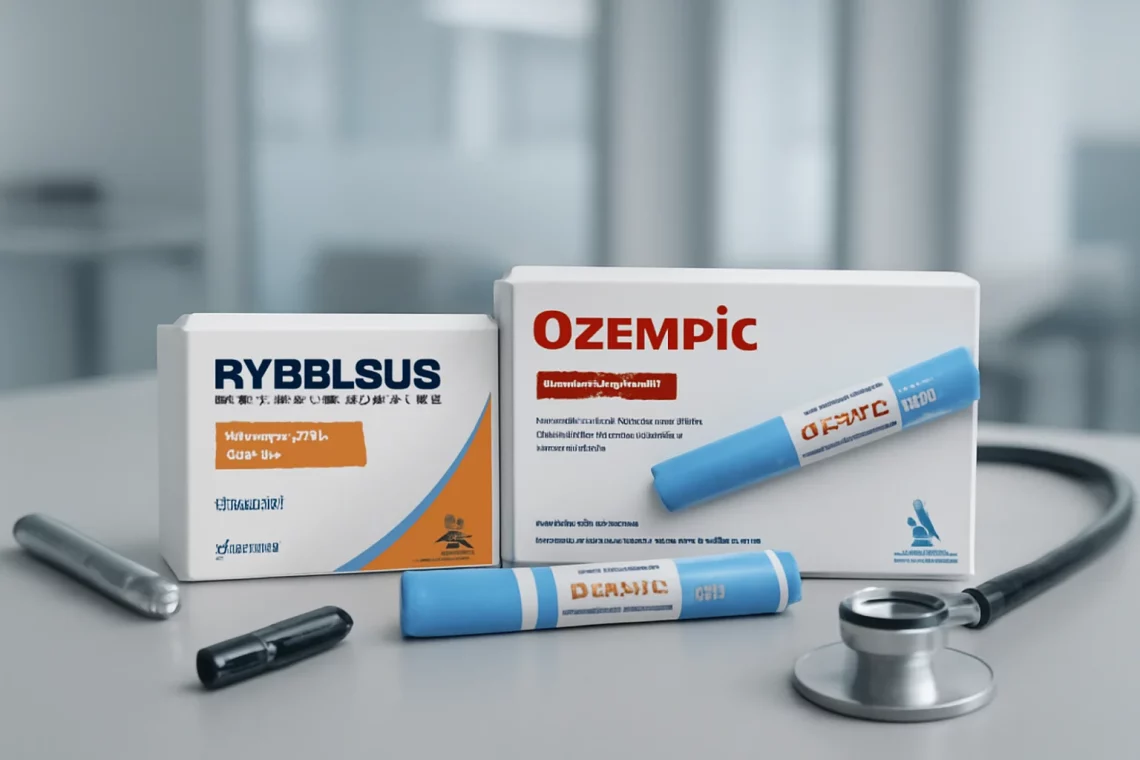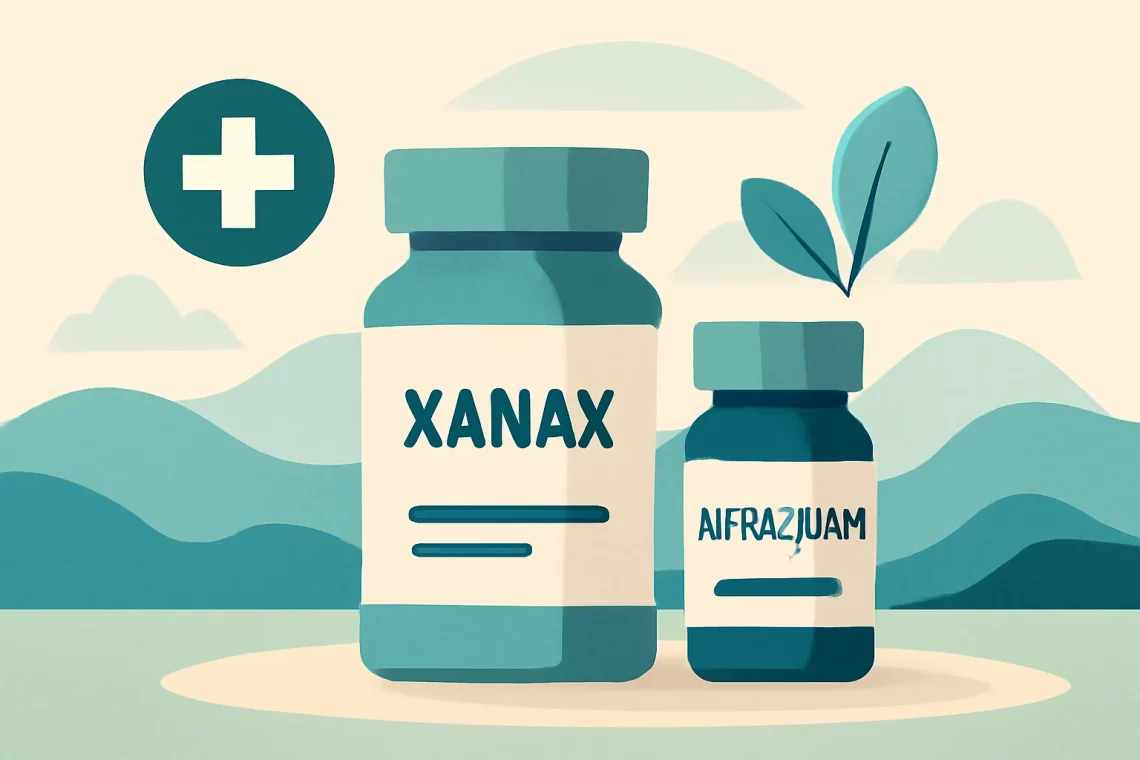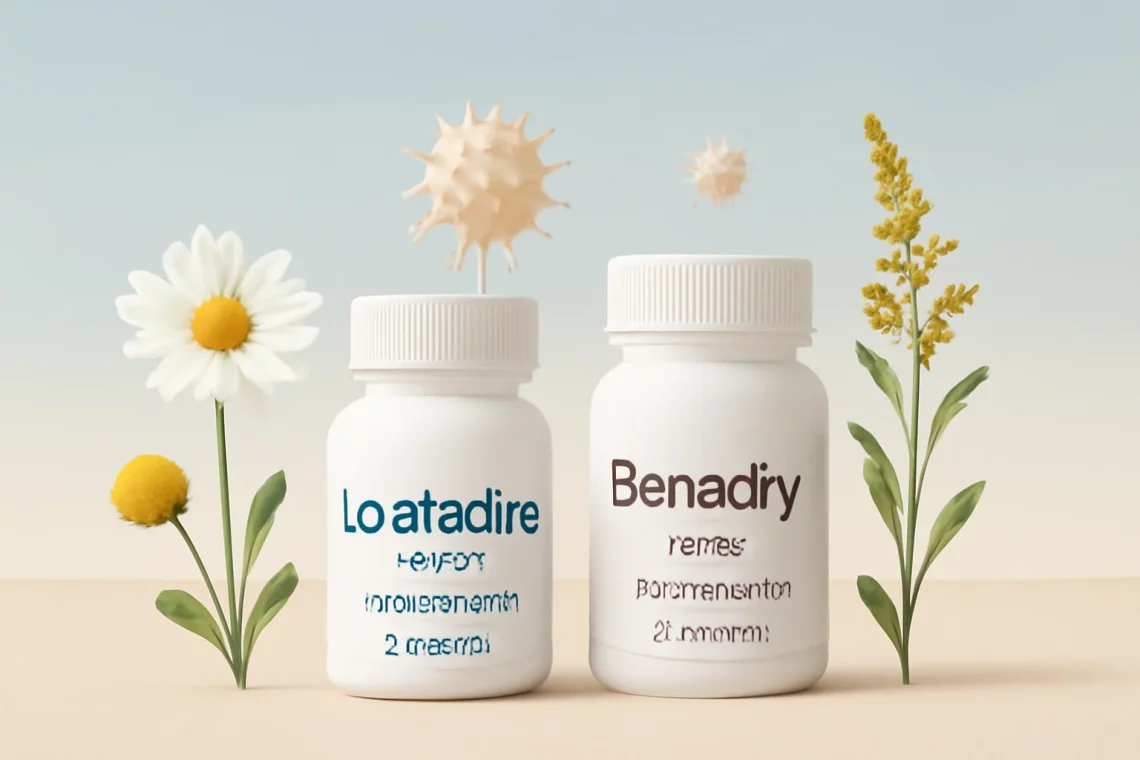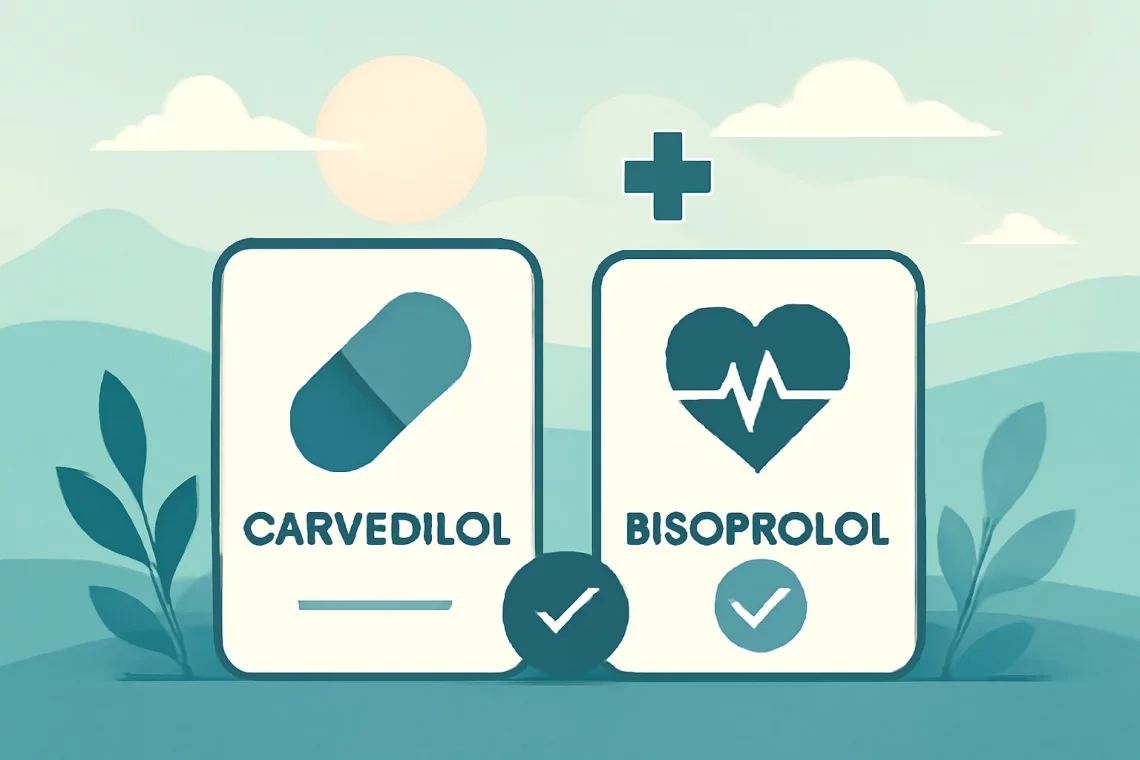-
Rybelsus vs Ozempic: Which Diabetes Treatment is Right for You?
In recent years, the conversation around diabetes management has evolved significantly, with a focus on innovative medications that offer new hope to individuals living with Type 2 diabetes. Among these medications, Rybelsus and Ozempic have emerged as prominent players in the landscape of diabetes treatment. Both belong to a class of drugs known as GLP-1 receptor agonists, which mimic the actions of the glucagon-like peptide-1 hormone. This hormone plays a crucial role in regulating blood sugar levels and appetite, making these medications vital for those struggling to maintain optimal glucose control. As the prevalence of Type 2 diabetes continues to rise globally, understanding the differences and similarities between such medications…
-
Cymbalta vs Elavil: A Comprehensive Comparison of Two Antidepressants
Cymbalta and Elavil are two medications frequently prescribed for various mental health conditions, particularly depression and anxiety disorders. As the understanding of mental health evolves, so too do the treatment options available to patients. Cymbalta, generically known as duloxetine, is a serotonin-norepinephrine reuptake inhibitor (SNRI) that has gained popularity for its dual-action mechanism of targeting both serotonin and norepinephrine, neurotransmitters that play significant roles in mood regulation. On the other hand, Elavil, or amitriptyline, belongs to a class of medications known as tricyclic antidepressants (TCAs), which have been used for decades to treat depression, anxiety, and even chronic pain. Both medications have their unique profiles, side effects, and potential interactions,…
-
Fluconazole vs Ketoconazole: Which Antifungal Treatment Is Better?
Fluconazole and ketoconazole are two antifungal medications widely used in the treatment of various fungal infections. They belong to a class of drugs known as azoles, which work by inhibiting the synthesis of ergosterol, an essential component of fungal cell membranes. This disruption leads to the weakening and eventual death of the fungus. While both medications are effective in treating a range of fungal infections, they differ in terms of their spectrum of activity, pharmacokinetics, and clinical applications. Understanding these differences can help healthcare providers make informed decisions when prescribing antifungal therapies. As the prevalence of fungal infections continues to rise, particularly among immunocompromised individuals, the choice between fluconazole and…
-
Xanax vs Alprazolam Understanding the Differences and Similarities
Xanax and alprazolam are terms that are often used interchangeably, leading to confusion among patients and healthcare professionals alike. While Xanax is the brand name, alprazolam is the generic name of the same medication. Both are commonly prescribed for anxiety and panic disorders, but understanding their differences, uses, and potential impacts on health is crucial for anyone considering their use. As the prevalence of anxiety-related conditions continues to rise, discussions surrounding these medications become increasingly relevant. It is essential for individuals to educate themselves about the options available to them, the mechanisms of these drugs, and the implications of their use in daily life. This article aims to clarify these…
-
Cyclobenzaprine vs Tizanidine: Key Differences and Uses Explained
Cyclobenzaprine and tizanidine are two medications commonly prescribed to manage muscle spasms and associated discomfort. Both belong to the category of muscle relaxants but differ significantly in their mechanisms of action, indications, and side effects. Understanding these differences is crucial for healthcare providers and patients alike, as it can influence treatment choices and outcomes. Cyclobenzaprine is primarily used for short-term relief of muscle spasms, often resulting from acute musculoskeletal conditions. It works by acting on the central nervous system, helping to reduce muscle tightness and discomfort. On the other hand, tizanidine operates differently by acting as an alpha-2 adrenergic agonist, which decreases spasticity by inhibiting the release of excitatory neurotransmitters.…
-
Lyrica vs Topamax: A Comprehensive Comparison of Two Medications
The landscape of pharmaceuticals is vast and complex, with countless medications available to treat a variety of conditions. Among these medications, Lyrica and Topamax have gained prominence in managing certain neurological and psychological disorders. Both drugs serve specific purposes, but they come with their own sets of benefits and side effects, making the choice between them a critical decision for individuals seeking relief from debilitating symptoms. Understanding these medications requires a deeper look into their mechanisms, uses, and potential side effects. As individuals navigate their treatment options, it becomes essential to evaluate not just the effectiveness of each drug but also how they interact with one another and with the…
-
Cephalexin or Amoxicillin Which Antibiotic is Right for You
The use of antibiotics has become a cornerstone in modern medicine, providing effective treatment options for a variety of bacterial infections. Among the numerous antibiotics available, Cephalexin and Amoxicillin are two commonly prescribed medications. Both belong to the broader class of beta-lactam antibiotics, but they each have unique properties, indications, and mechanisms of action that can influence their effectiveness depending on the specific infection being treated. The choice between Cephalexin and Amoxicillin can be crucial in ensuring optimal patient outcomes while minimizing the risk of antibiotic resistance—a growing concern in the medical community. Understanding the differences between these two antibiotics, including their spectrum of activity, side effects, and potential interactions,…
-
Loratadine vs Benadryl: Which Allergy Medication Is Right for You?
Allergies can be a significant nuisance, affecting millions of individuals worldwide. The symptoms often include sneezing, itching, runny nose, and even hives, prompting many to seek relief through antihistamines. Two popular options in this category are Loratadine and Benadryl. While both medications aim to alleviate allergy symptoms, they work through different mechanisms and come with varying side effects. Understanding the differences between these two medications can help individuals make informed decisions about their treatment options. Loratadine, an antihistamine that has gained popularity due to its non-drowsy formula, is commonly used for seasonal allergies and hay fever. In contrast, Benadryl, which contains diphenhydramine, is known for its sedative effects and is…
-
Tramadol vs Tapentadol: Key Differences in Pain Management Options
Tramadol and tapentadol are two medications commonly prescribed for the management of moderate to severe pain. Both drugs belong to a class of medications known as analgesics, but they differ in their chemical structure, mechanism of action, and side effect profiles. As pain management continues to be a critical aspect of healthcare, understanding the nuances between these two medications can help patients and healthcare providers make informed decisions. The rise in opioid prescriptions has sparked discussions regarding the safety and efficacy of various pain management options. Tramadol, often viewed as a less potent alternative to traditional opioids, has gained popularity due to its lower risk of addiction. Tapentadol, on the…
-
Carvedilol vs Bisoprolol Which Beta-Blocker Is Right for You?
Carvedilol and bisoprolol are two prominent medications commonly prescribed for managing cardiovascular conditions, particularly hypertension and heart failure. As beta-blockers, they share similar mechanisms of action but differ in their specific applications, side effects, and efficacy profiles. Understanding these differences is essential for both healthcare professionals and patients to make informed decisions about treatment options. In recent years, the focus on cardiovascular health has intensified, with a growing emphasis on personalized medicine. This approach tailors treatment plans to individual patient needs, making it crucial to compare various medications. Carvedilol is known for its ability to provide additional benefits beyond heart rate reduction, such as vasodilation, which can lead to improved…







































